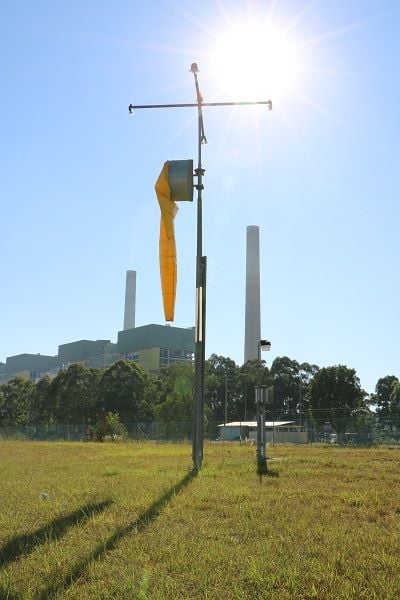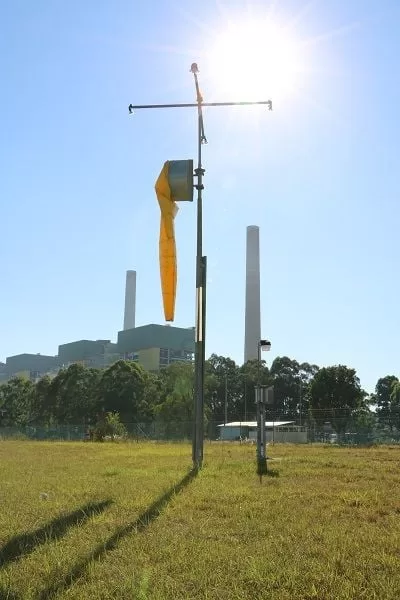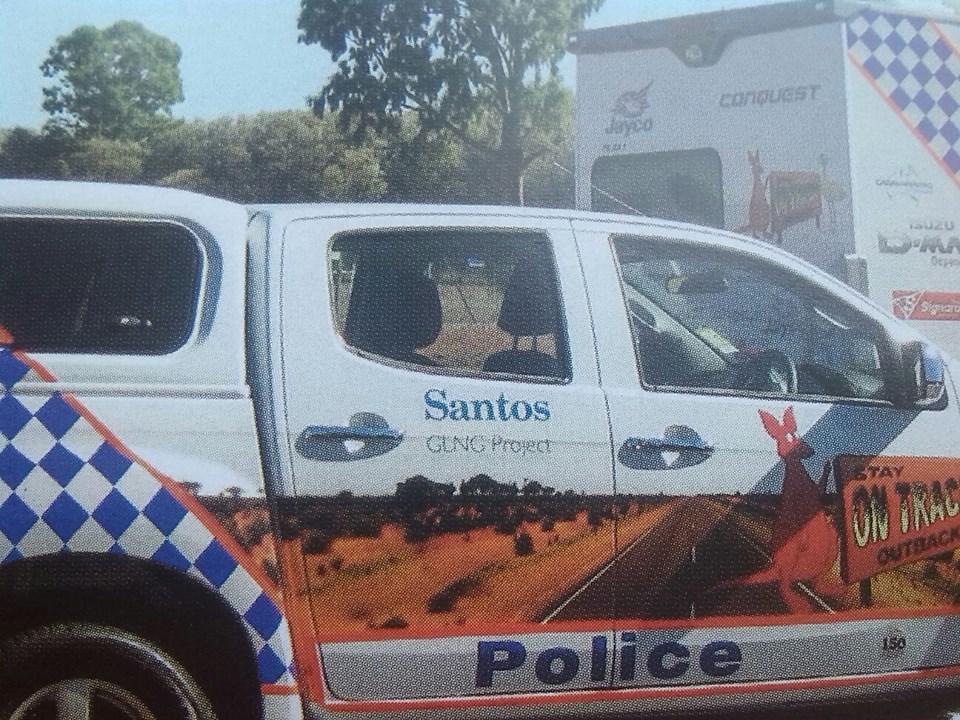On this page: Safeguard Mechanism reform consultation ° NATIONAL ENVIRONMENT MINISTERS MEETING Agreed Communiqué
Safeguard Mechanism reform: Consultation on draft legislation
The Australian Government is consulting on exposure draft legislation needed to enable reforms to the Safeguard Mechanism to help industry reduce emissions in line with Australia’s climate targets. We have recently completed consultation on options to reform the Safeguard Mechanism.
The Safeguard Mechanism is legislated through the National Greenhouse and Energy Reporting Act 2007. The main elements of the reformed scheme can be implemented through subordinate legislation. This is consistent with how the Safeguard Mechanism is currently legislated.
However, some changes to primary legislation will be needed to create the architecture for the reformed scheme. This consultation seeks feedback on the draft Safeguard Mechanism Reforms (Crediting) Amendment Bill 2022.
The draft Safeguard Mechanism Reforms (Crediting) Amendment Bill 2022 allows for the creation of a new unit type (Safeguard Mechanism Credits) that will allow for crediting and trading under the reforms. It also provides for the making of rules relating to interactions between the Safeguard Mechanism and the Emissions Reduction Fund.
We are also seeking feedback on the draft Carbon Credits (Carbon Farming Initiative) Amendment (Safeguard Facility Eligibility Requirements) Rules 2022 which clarifies the requirements for eligible offsets projects relating to covered emissions at Safeguard facilities.
Minister for Climate Change and Energy Chris Bowen said the crediting element of the reforms will help Australian industry cut emissions and remain competitive in a rapidly decarbonising global economy.
“Tradeable Safeguard Mechanism Credits will enable the lowest-cost abatement to occur for facilities under the Safeguard Mechanism,” Minister Bowen said.
“It’s vital the reforms underway are efficient for Australian industry, and this draft legislation helps to do just that.
“Feedback on the consultation paper we released in August highlighted the importance of these credits to help facilities meet their obligations, and of appropriate compliance and implementation arrangements for the credits.”
The draft bill also provides a framework to address incentive overlaps from declining Safeguard Mechanism baselines, Safeguard crediting and opportunities to create Australian Carbon Credit Units.
Increased transparency of emissions accounting and consistent frameworks for information have also been factored into the draft legislation.
___________________________
Invasive species control
Sydney, NSW, Australia 27 October 2022 – The Greens are joining calls from farmers for an immediate resumption of invasive species control across NSW who are alarmed at the almost 6 week pause on feral species control statewide while an investigation is conducted into an aerial culling operation in Kosciuszko National Park.
Greens MP and spokesperson for the environment and agriculture Sue Higginson said “Safety is a paramount concern for the Greens but the National Parks and Wildlife Service is a trusted organisation with the highest standards for operations during feral animal control so it is quite frankly shocking that the Liberal Government has taken 6 weeks to investigate this incident while NSW farmers and the environment are threatened with rapidly expanding populations of invasive species across NSW.
“The hypocrisy and reckless disregard that the coalition is showing to the environment, farmers, land managers and the rest of the Country is gobsmacking.
“The pause on all invasive species control across the National Park Estate to pander to shock jocks, in light of the current climatic conditions is harmful in the extreme.
“Commitments from the NSW Minister for the Environment that were made last week at the National Environment Ministers Meeting to better manage invasive species are completely contrary to his actions that are allowing invasive species run amok across the State.
“Another period of extended wet is expanding the range of many feral animals at a time when land managers and farmers are already tackling statewide floods so it is more important than ever that the NSW Government is safely conducting invasive species control
“It is disgraceful that the Environment Minister is pandering to shock jocks and his National Party cabinet colleagues instead of keeping his own commitments to invasive species control.
___________________________
NATIONAL ENVIRONMENT MINISTERS MEETING
Agreed Communiqué
Brisbane, Queensland, 21 October 2022 – Australia’s environment ministers met today in Brisbane and made three landmark commitments to halt and reverse biodiversity loss across our nation and put Australia’s environment back on a path of recovery.
The 2021 State of the Environment Report found that Australia’s unique animals and plants are under significant pressure. Action is needed quickly to arrest environmental decline and prevent new extinctions of plants and animals. In recognition of the scale and urgency of environmental challenges, ministers agreed:
1. To work collectively to achieve a national target to protect and conserve 30% of Australia’s landmass and 30% of Australia’s marine areas by 2030.
2. To note the Commonwealths’ intention to establish a national nature repair market and agreed to work together to make nature positive investments easier, focusing on a consistent way to measure and track biodiversity.
3. To work with the private sector to design out waste and pollution, keep materials in use and foster markets to achieve a circular economy by 2030.
Increased protection for threatened species – working towards zero new extinctions
The recently released Threatened Species Action Plan sets out a pathway for threatened species conservation and recovery over the next 10 years. Ministers agreed to accelerate work towards zero new extinctions and to work together to protect and conserve 30% of Australia’s land and 30% of Australia’s marine areas by 2030.
Achieving the target will be difficult, but the science is clear. We need to protect and conserve 30% of the planet to reduce the rate and risk of extinctions and safeguard the world’s biodiversity. As a megadiverse country, Australia needs to play its part. New Indigenous Protected Areas will make a large contribution to the target, and doubling the number of Indigenous Rangers will ensure our First Nations peoples are at the forefront of conservation efforts.
Ministers also agreed to:
• Accelerate national efforts to prevent new extinctions of native plants and animals, including working towards full implementation of the Common Assessment Method to enable consistent national listing decisions.
• Develop a new national framework to recognise Other Effective area-based Conservation Measures (OECMs) to complement growth in protected areas and to identify incentives to increase private land conservation. • Better manage invasive species that are threatening protected biodiversity, including to advance the uptake of technologies for the control of feral cats.
• Explore opportunities for strengthening marine protection to secure health of our ocean in the face of climate-related changes and other emerging pressures.
A national market for biodiversity
The scale of Australia’s biodiversity challenge means that governments can’t foot the bill alone. The Australian Government announced on 26 August 2022 that it will establish a nature repair market to make it easier for businesses, organisations and individuals to invest in landscape restoration and management. The scheme will recognise landholders who restore and manage local habitat and grant them biodiversity certificates that can be sold to other parties.
• Ministers discussed different approaches to driving private sector investment including the importance of valuing nature and the need for a consistent way of measuring, verifying and tracking biodiversity to make it easier to invest in nature.
• Ministers agreed on the need to take account of lessons learned from existing market-based approaches.
Stronger environmental laws to better protect nationally significant animals, plants, habitats and places
Australia needs stronger and more effective environmental regulation to better protect nationally significant animals, plants, habitats and places including waterways and marine environments.
The Australian Government response to the Samuel Review will provide a clear statement of the Australian Government’s reforms to environmental protection at the national level including through establishment of a national Environment Protection Agency.
Ministers agreed:
• To engage on the development of strong new national environmental standards, led by the Australian Government, as a key early action to underpin environment law reforms.
• That regional planning is an important tool to achieve biodiversity outcomes and improve certainty for proponents seeking environmental approvals, and to work together and with local governments on regional planning including identifying potential locations by the end of 2022.
• To work together to improve the quality, accessibility and interoperability of environmental data to aid decision-making.
Waste, recycling and the circular economy
Australia has made progress to improve our waste management and recycling activities under the National Waste Policy Action Plan but we must do more to prevent waste, including better product design and more efficient production processes.
The National Waste Policy Action Plan will be expanded over the coming year to strengthen Australia’s efforts towards our 2030 targets. There are growing concerns about environmental impacts of problematic waste streams, including single use plastics, end of life tyres, and electronic goods.
Ministers noted the Australian Government’s intention to develop a regulatory product stewardship scheme for solar panels and household electronics, and also agreed:
• To develop nationally harmonised definitions to support the phase out of problematic single use plastic.
• To reform the regulation of packaging by 2025, to ensure that all packaging available in Australia is designed to be recovered, reused, recycled and reprocessed safely in line with circular economy principles.
• That the Australian Government add end of life tyres to the Minister’s Product Stewardship Priority List, signalling the intention to regulate should industry not lift its game.
• The Commonwealth will work with jurisdictions to phase out the use of harmful chemicals in food packaging.
ENDS
___________________________






